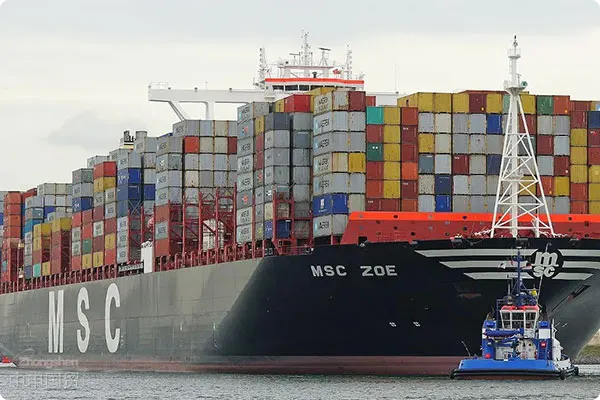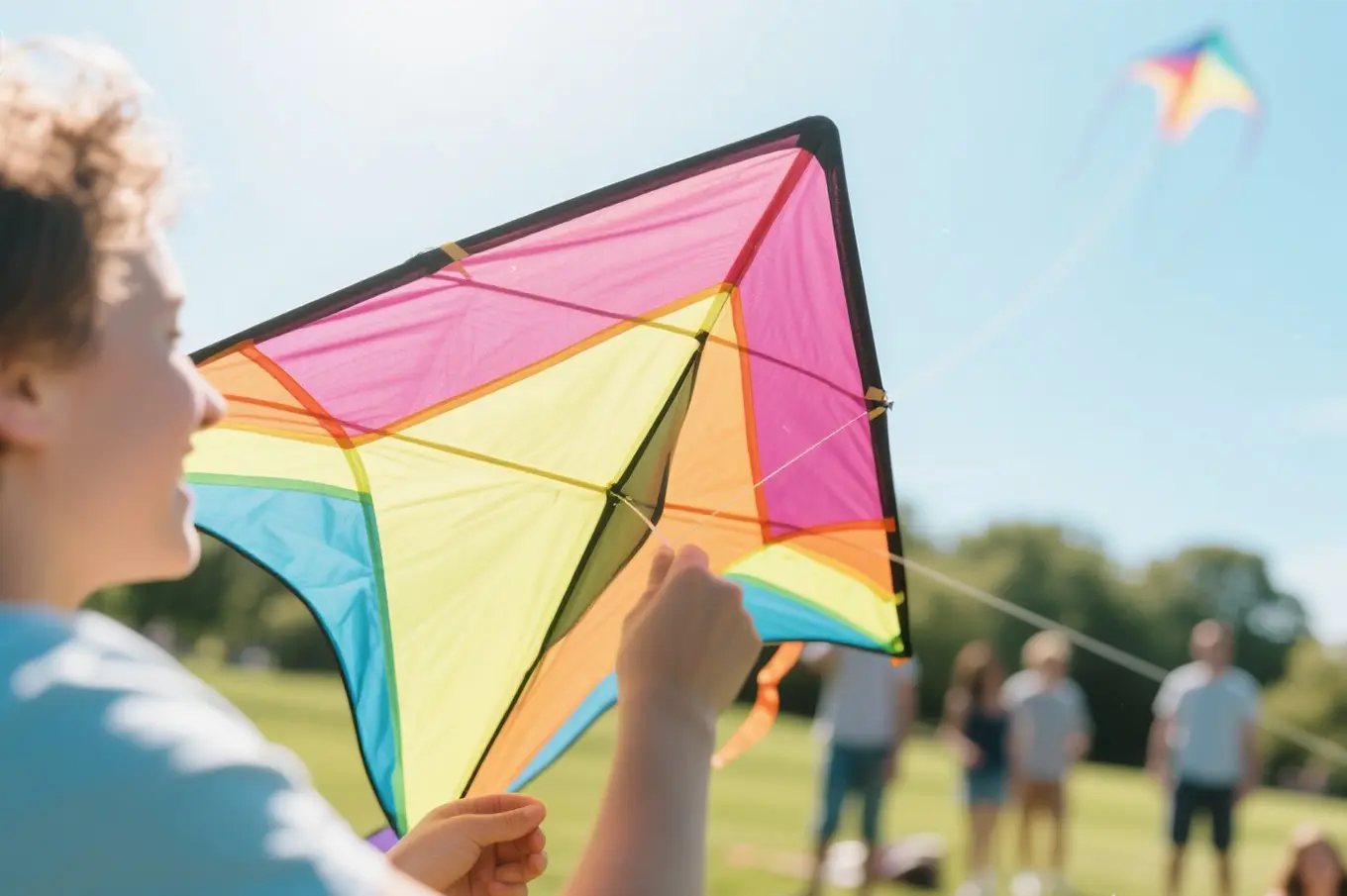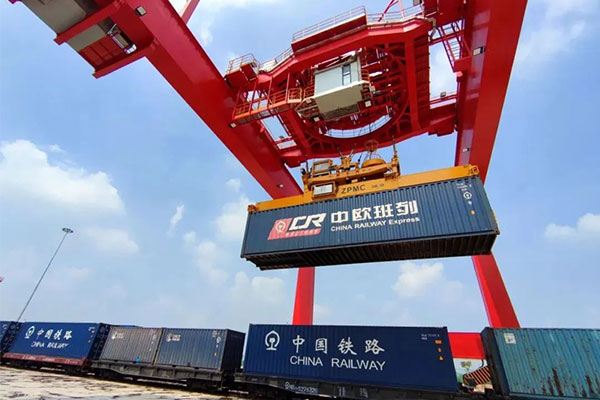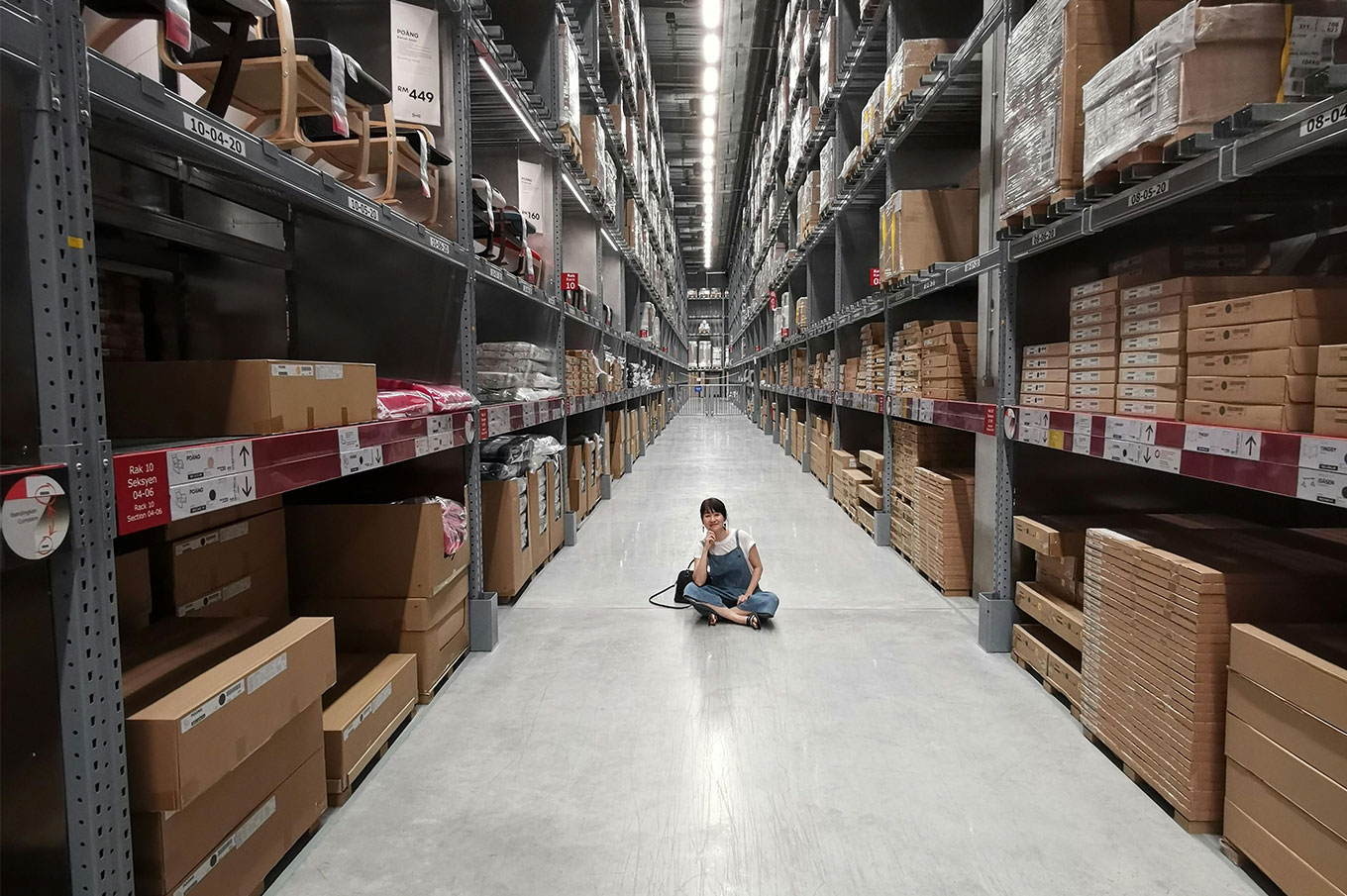- Shanghai Zhongshen International Trade Co., Ltd. - Two decades of trade agency expertise.
- Service Hotline: 139 1787 2118

With the continuous development of international trade, exporting lighting fixtures to the Russian market faces a series of specific standard requirements. Understanding and complying with these standards is crucial for lighting export companies.
I. Safety Standards
Electrical safety
– The electrical insulation of lighting fixtures must meet the requirements specified by Russian standards. This includes the insulation performance of the wiring, and the insulation resistance of the internal circuits of the fixtures must be sufficiently high to prevent leakage. For example, for ordinary household lighting fixtures, the insulation resistance should generally not be lower than a certain value (specific values are detailed in relevant standards based on different types of fixtures).
– Strict grounding requirements. If the luminaire is a Class I luminaire (i.e., a luminaire with a grounding connection), its grounding connection must be reliable, and the grounding resistance must comply with standards. This helps safely divert current to the ground in the event of an electrical fault, protecting the user's safety.
- The shell material of lamps needs to have certain fire - resistant properties. Since lamps may generate heat during use, if the shell material is flammable, it is likely to cause a fire. Russia stipulates that the combustion grade of the lamp shell material must meet the corresponding standards. For example, under a specific fire source test, the burning speed of the shell material cannot be too fast, and it cannot produce excessive toxic smoke.
– The housing material of luminaires must possess certain fire-resistant properties. Russian standards stipulate that materials such as plastics and metals used for luminaire housings must undergo fire resistance testing. For instance, for luminaires that may be installed near flammable environments, their housing materials should be flame-retardant and must not easily ignite during normal use or in the event of a malfunction, to prevent the risk of fire.
II. Electromagnetic Compatibility (EMC) Standards
Electromagnetic Interference (EMI)
– The luminaires must not generate excessive electromagnetic interference during operation to avoid affecting the normal functioning of other electronic devices in the vicinity. Russia requires luminaires to comply with relevant EMI limit standards. For example, the radiated emissions and conducted emissions of luminaires must be controlled within specified limits. This necessitates that luminaire manufacturers optimize aspects such as circuit design and electronic component selection, such as employing appropriate filters to suppress electromagnetic interference.
Electromagnetic Susceptibility (EMS)
– The luminaire itself must possess a certain level of electromagnetic interference (EMI) resistance. When exposed to external electromagnetic interference sources, such as nearby radio transmission equipment, the luminaire should operate normally without flickering, extinguishing, or other abnormal conditions. The luminaire needs to be tested according to Russian EMS standards to ensure its stability in specified electromagnetic interference environments.
With the increasing emphasis on energy conservation and environmental protection, Russia has also put forward requirements for the energy efficiency of lamps.
Energy Efficiency Labeling
– Russia has clear requirements for the energy efficiency of lighting fixtures and mandates the affixation of energy efficiency labels. These labels provide an intuitive reflection of the energy efficiency rating of the fixtures, assisting consumers in selecting energy-saving products. Lighting fixture exporters must accurately determine the energy efficiency rating of their products in accordance with Russia's energy efficiency calculation methods and classification standards, and correctly affix the labels on the products.
Energy Efficiency Performance
– Different types of lighting fixtures (such as incandescent lamps, fluorescent lamps, LED lamps, etc.) each have their corresponding energy efficiency performance requirements. For example, the luminous efficacy of LED fixtures must reach a certain level, and their power factor must meet a specified minimum value. This drives lighting manufacturers to continuously improve their technology and enhance the energy efficiency of their products to meet the demands of the Russian market and comply with relevant standards.
IV. Product Certification Requirements
EAC certification
- Lighting fixturesCompulsory certificationrequire EAC certification. EAC certification is recognized by Russia, Belarus, Kazakhstan, and other Eurasian Economic Union countries. Lighting products must undergo testing by relevant agencies to prove compliance with safety, EMC, energy efficiency, and other standards before obtaining the EAC certification. This certificate is a crucial pass for entering the Russian market.
Other Certifications
– Depending on the specific type and intended use of the luminaire, additional certifications may be required. For instance, specialized luminaires, such as explosion-proof fixtures designed for hazardous environments (e.g., petrochemical facilities), may need specific explosion-proof certifications to ensure their safety under such conditions.
Exporting lighting fixtures to Russia involves multifaceted standard requirements. Only by thoroughly understanding and strictly adhering to these standards while continuously optimizing product design and manufacturing processes can exporters successfully enter and establish a foothold in the Russian market.
Related Recommendations
? 2025. All Rights Reserved. Shanghai ICP No. 2023007705-2  PSB Record: Shanghai No.31011502009912
PSB Record: Shanghai No.31011502009912










